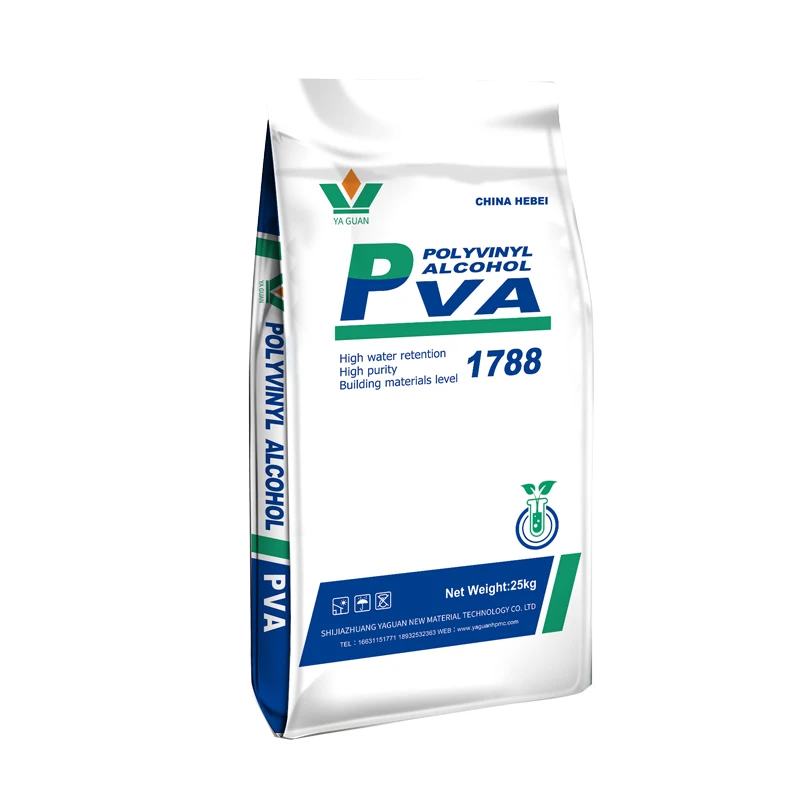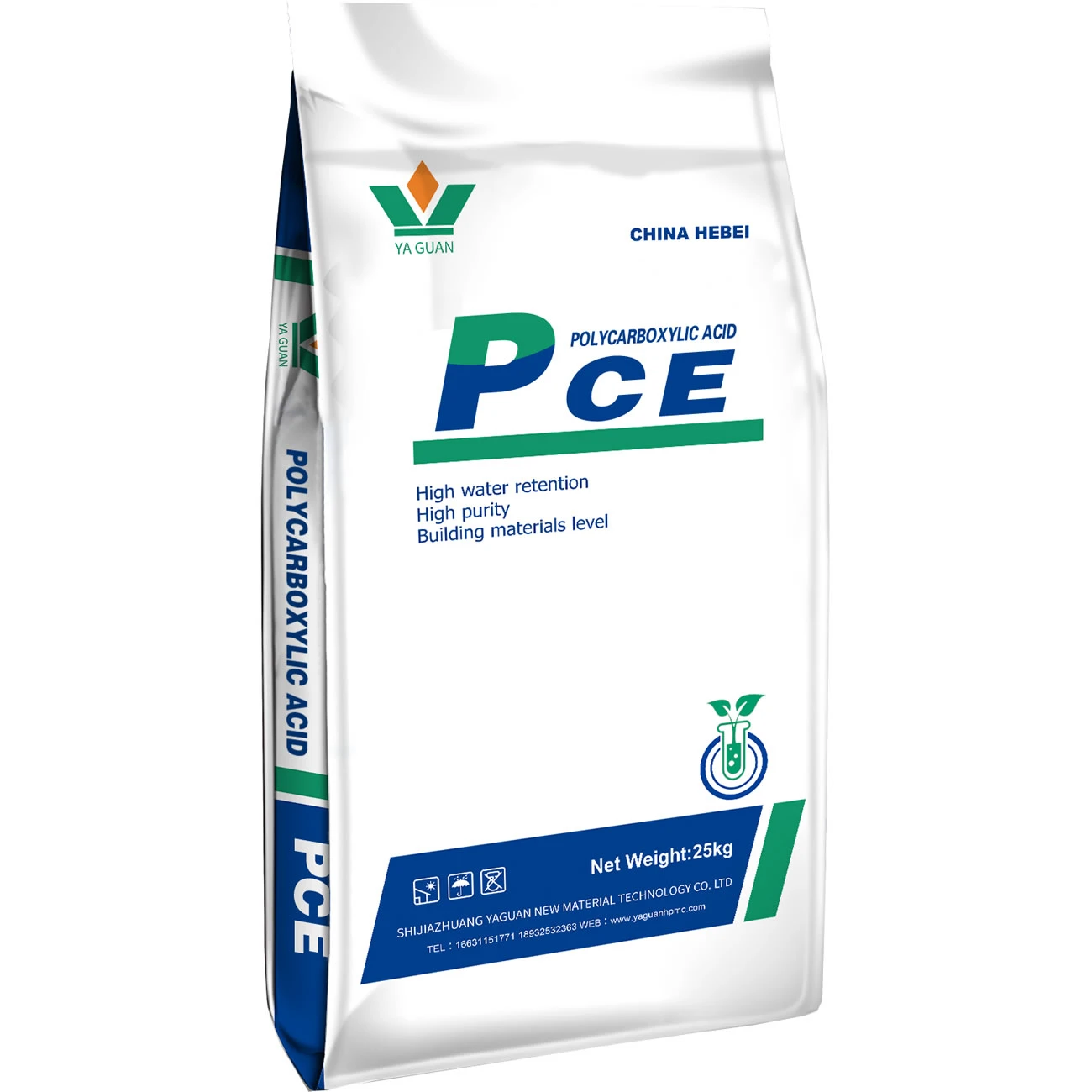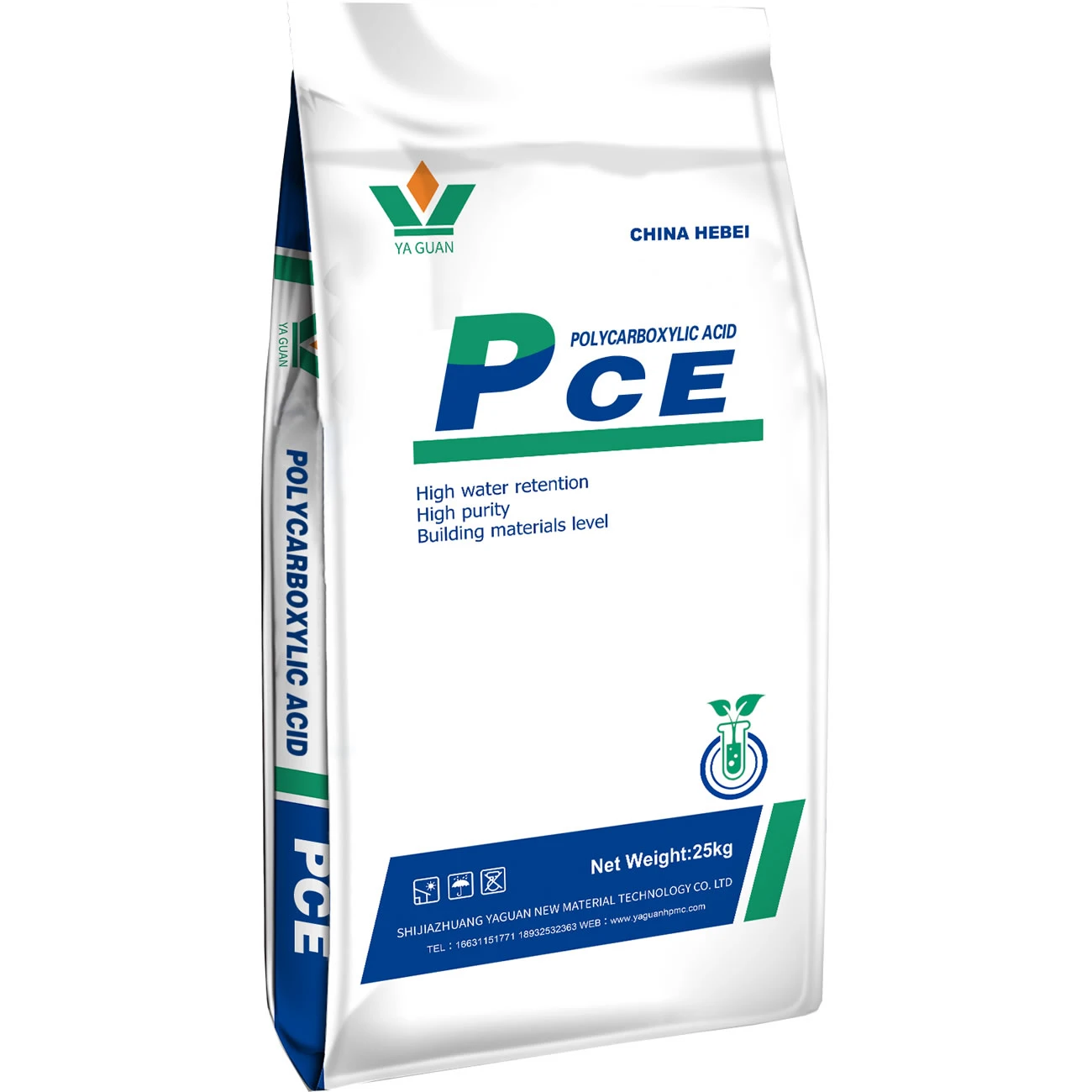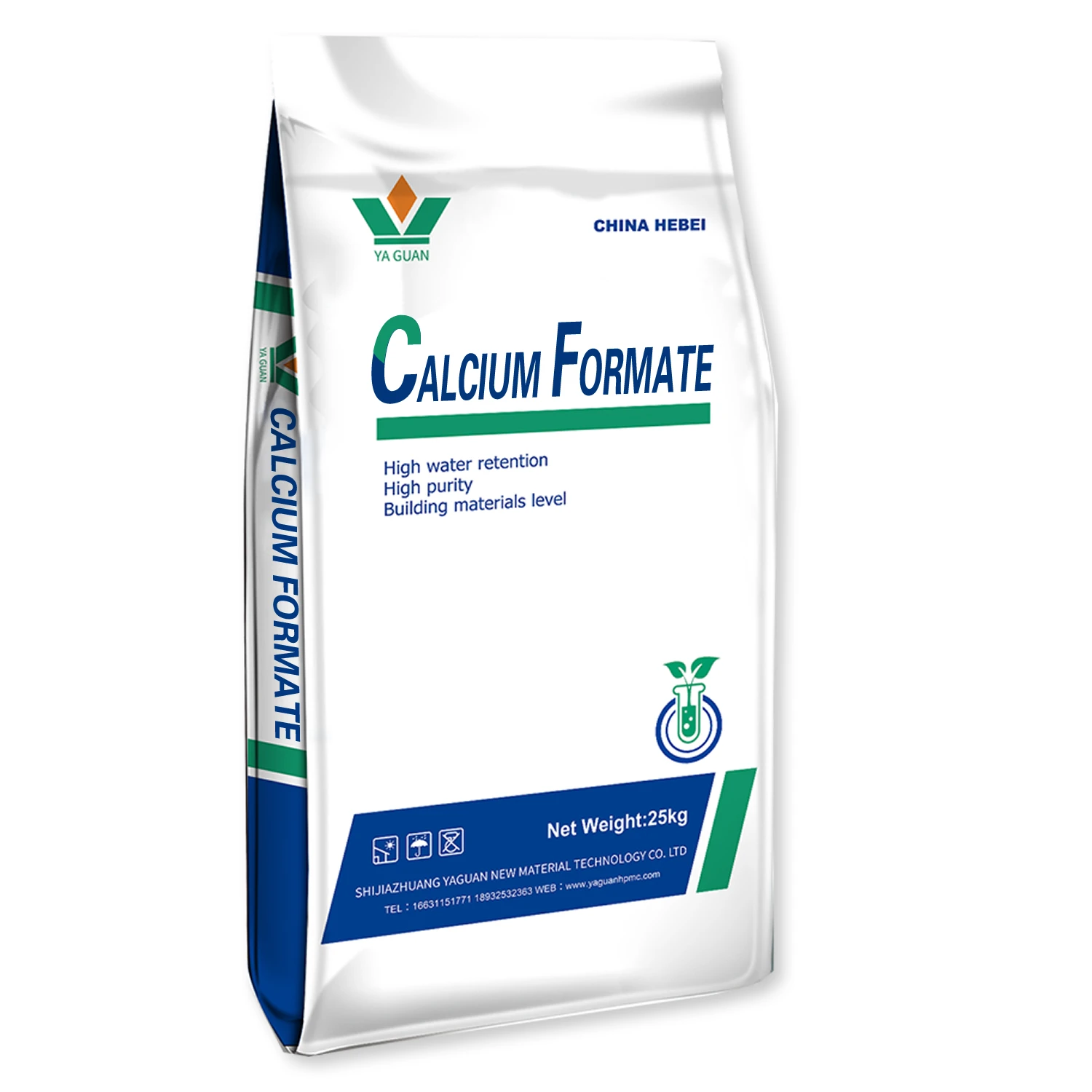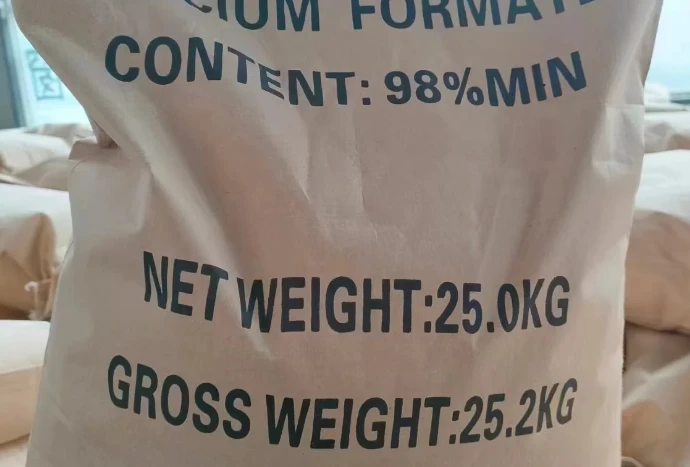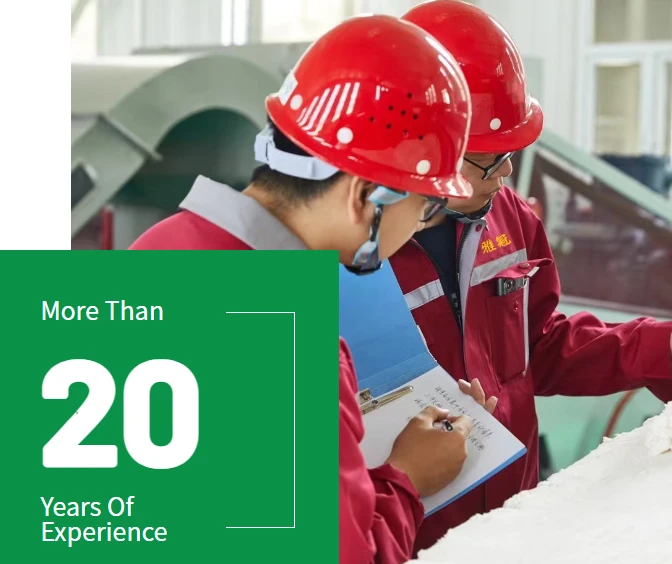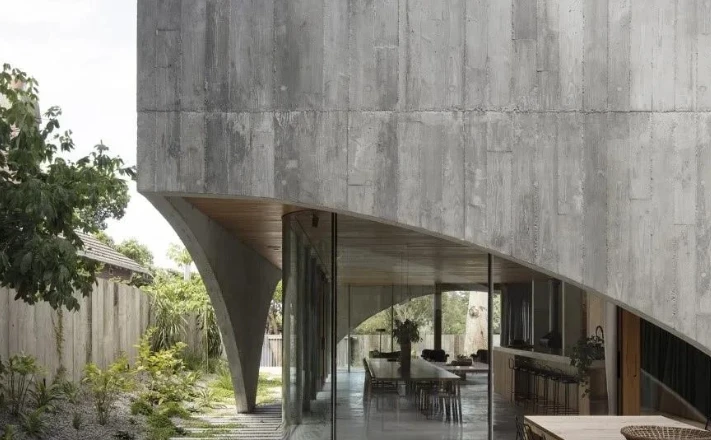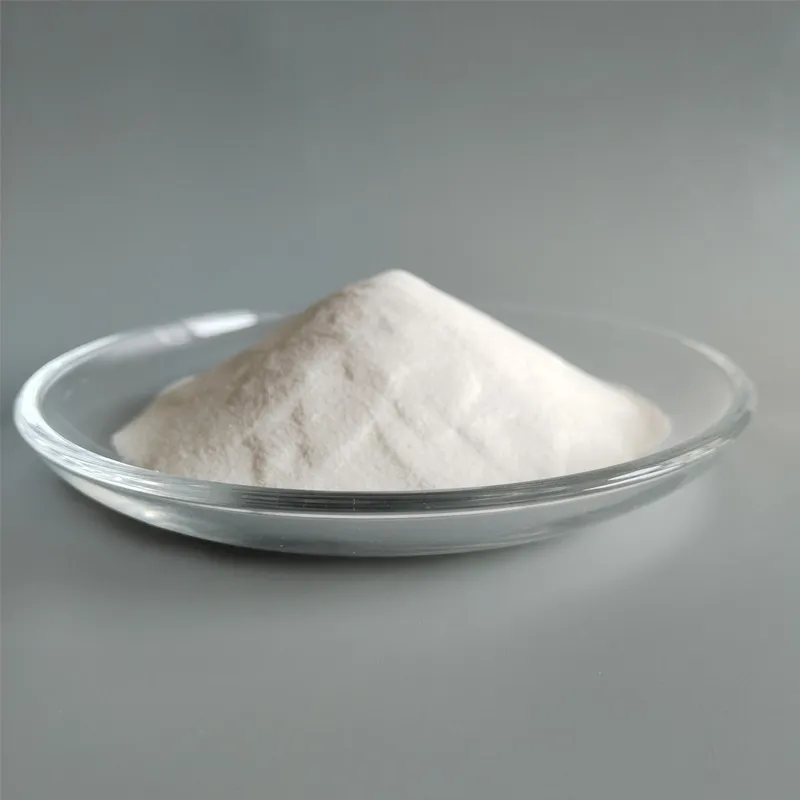
- Introduction to PCE Polycarboxylate Ether: Properties and Relevance
- Technical Advantages of Polycarboxylate Ether Superplasticizer PCE
- Manufacturers Comparison: Market Leaders in Polycarboxylate Ether PCE
- Customization Options for Specific Construction Needs
- Real-world Application Cases of PCE Polycarboxylate Ether
- Market Trends and Future Prospects for Polycarboxylate Ether Superplasticizer PCE
- Conclusion: Enhancing Construction Quality with PCE Polycarboxylate Ether

(pce polycarboxylate ether)
Introduction to PCE Polycarboxylate Ether: Properties and Relevance
PCE polycarboxylate ether is widely recognized as a cutting-edge chemical admixture in modern concrete technology. As an advanced water reducer, PCE possesses a unique comb-shaped molecular structure that dramatically enhances dispersion and workability in cementitious systems. The demand for high-performance, eco-friendly, and cost-effective building materials has propelled the use of polycarboxylate ether superplasticizer PCE across global construction sectors. This innovative admixture not only reduces water-cement ratios by up to 30% but also ensures superior slump retention, early strength development, and durable finished structures. Understanding the key features, applications, and comparative advantages of polycarboxylate ether PCE is essential for engineers, contractors, and material suppliers aiming to achieve quality, sustainability, and efficiency in their projects.
Technical Advantages of Polycarboxylate Ether Superplasticizer PCE
The introduction of polycarboxylate ether superplasticizer PCE has revolutionized concrete formulation. Its ability to achieve high-flow slump concrete with low water-to-cement ratios substantially benefits both fresh and hardened properties. Recent laboratory data highlight that PCE polycarboxylate ether enhances initial compressive strength by 15-25% compared to conventional superplasticizers. Additionally, it minimizes segregation, improves surface finish, and supports self-compacting concrete designs. The product’s adaptability allows for stable performance in a broad range of temperatures and cement types, making it suitable for diverse climatic and geographical conditions. Minimizing environmental impact, PCE admixtures facilitate greener construction practices by reducing cement consumption, lowering CO2 emissions, and optimizing resource usage. These technical advantages are central to meeting stringent engineering specifications while ensuring long-term structural resilience and cost savings.
Manufacturers Comparison: Market Leaders in Polycarboxylate Ether PCE
The global market for polycarboxylate ether PCE is dominated by several leading chemical manufacturers, each providing unique product specialties and service models. Comparing technical specifications, pricing, and availability is crucial in selecting the most suitable superplasticizer.
| Manufacturer | PCE Molecular Weight (g/mol) | Water Reduction Rate (%) | Slump Retention (hr) | Price Range ($/ton) | Key Market Regions |
|---|---|---|---|---|---|
| Company A | 35,000 | 28-32 | 2.5 | 1,200-1,350 | North America, Europe |
| Company B | 30,500 | 26-30 | 2.0 | 950-1,200 | Asia Pacific |
| Company C | 37,200 | 29-33 | 3.0 | 1,450-1,600 | Middle East, Africa |
| Company D | 32,700 | 25-28 | 1.8 | 1,050-1,250 | South America |
As observed, Company C offers the highest molecular weight PCE with superior water reduction and extended slump retention, targeting projects with demanding performance standards. Company B remains highly competitive in cost-sensitive emerging markets, while Company A excels in technical consistency for large-scale infrastructure. Evaluation of supply logistics and after-sales support also plays a decisive role in the procurement process.
Customization Options for Specific Construction Needs
Diverse construction environments often require tailored polycarboxylate ether superplasticizer PCE solutions to achieve project-specific objectives. Customization may include adjusting the molecular chain length, side chain density, and functional group distribution to align with unique cement chemistries, aggregate gradations, or climatic constraints. For example, PCE grades for precast concrete applications might prioritize rapid strength gain and low air entrainment, while self-consolidating concrete formulations focus on maximum flowability and extended workability times. Some advanced manufacturers offer on-site laboratory support to prototype bespoke admixture blends, ensuring seamless integration with other additives such as retarders or accelerators. This level of customization leads to optimized concrete mixtures that meet or exceed durability, strength, and sustainability targets, reducing site-level risks and improving construction efficiency.
Real-world Application Cases of PCE Polycarboxylate Ether
Application of polycarboxylate ether PCE spans various sectors including skyscraper foundations, tunnel linings, prefabricated housing, and high-speed rail infrastructure. In a recent metro rail project in Singapore, the adoption of PCE polycarboxylate ether resulted in a 26% reduction in water demand, while early compressive strength (24h) reached 32 MPa—surpassing original specifications by 18%. Additionally, a precast bridge segment in Turkey utilized a customized PCE admixture, achieving self-compacting concrete with a slump flow of 720 mm and maintaining a viscosity index below 0.5, which accelerated installation timelines by 22%. In freeze-thaw prone regions of Scandinavia, PCE-based superplasticizers have improved resistance to de-icing salts and repeated cycles, reducing the maintenance frequency by up to 35%. These application cases collectively demonstrate how polycarboxylate ether PCE enables advanced, sustainable, and high-performance construction.
Market Trends and Future Prospects for Polycarboxylate Ether Superplasticizer PCE
The market for polycarboxylate ether superplasticizer PCE continues to expand, with a global CAGR of 7.4% projected through 2028. Driving factors include rapid urbanization, the shift towards sustainable construction, and stricter regulatory standards for building safety. Innovations such as bio-based raw materials and nano-engineered PCEs are emerging, promising further reductions in carbon footprint and improvements in admixture efficiency. Companies are investing in digital formulation tools and AI-driven quality control to ensure batch consistency and traceability. Recent survey data show that 63% of large contractors plan to increase PCE adoption in new concrete projects, prioritizing low-VOC and environmentally certified admixtures. The convergence of advanced chemistry, performance analytics, and sustainability frameworks positions polycarboxylate ether PCE as an essential material for the future of construction.
Conclusion: Enhancing Construction Quality with PCE Polycarboxylate Ether
In summary, PCE polycarboxylate ether serves as a transformative ingredient in modern concrete technology, delivering technical performance, durability, and environmental benefits. Whether addressing high-rise, infrastructure, or bespoke architectural needs, polycarboxylate ether superplasticizer PCE remains unparalleled in its versatility and efficiency. By leveraging informed manufacturer selection, customized solutions, and real-world application insights, construction professionals can ensure superior project outcomes. As urban landscapes evolve and sustainability becomes a focal concern, integrating polycarboxylate ether PCE into construction practices will continue to drive innovation, cost-effectiveness, and long-term value.
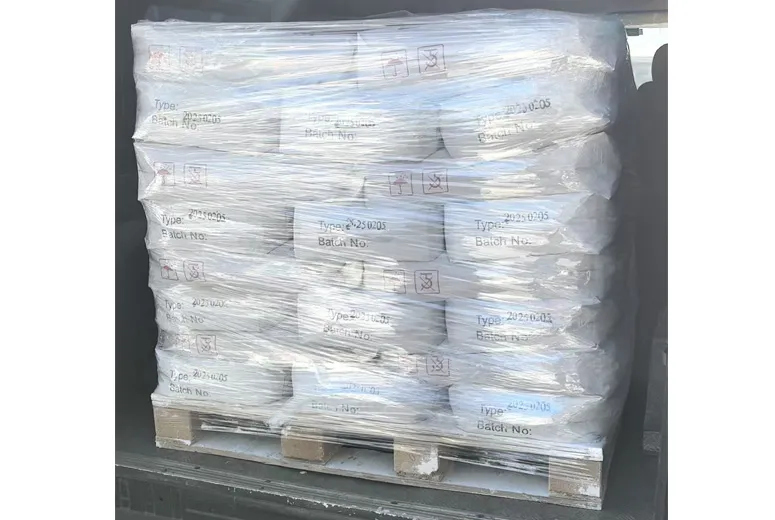
(pce polycarboxylate ether)
FAQS on pce polycarboxylate ether
Q: What is PCE Polycarboxylate Ether?
A: PCE Polycarboxylate Ether is a high-performance water reducer commonly used in concrete admixtures. It enhances the workability and strength of concrete. Its molecular structure offers superior dispersion compared to traditional plasticizers.
Q: How does Polycarboxylate Ether Superplasticizer PCE improve concrete performance?
A: Polycarboxylate Ether Superplasticizer PCE significantly improves concrete flow and reduces water usage. This results in higher strength and better durability for concrete structures. It is especially effective in high-performance and self-compacting concrete applications.
Q: What is the difference between PCE Polycarboxylate Ether and traditional plasticizers?
A: The difference is mainly in efficiency and molecular design. PCE works at lower dosages, provides better slump retention, and offers less risk of segregation. Traditional plasticizers are less effective in high-performance concretes.
Q: Is Polycarboxylate Ether PCE environmentally friendly?
A: Yes, Polycarboxylate Ether PCE is considered environmentally friendly. Its high efficiency reduces cement and water consumption in concrete. This results in reduced carbon emissions and improved sustainability.
Q: Can PCE Polycarboxylate Ether be used in all types of concrete mixes?
A: PCE Polycarboxylate Ether is suitable for various concrete mixes, including precast and ready-mix. It is especially beneficial for high-strength and self-leveling concretes. Proper dosage adjustment may be needed for optimal performance.







